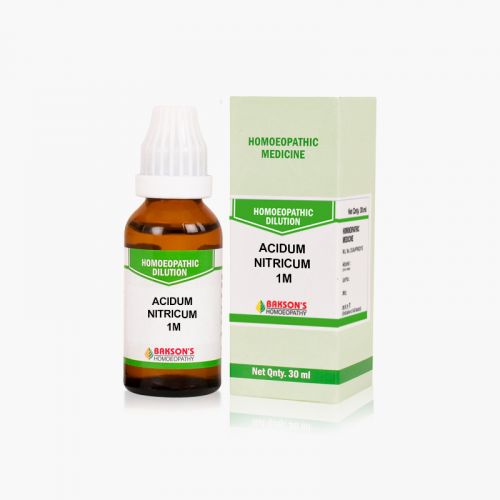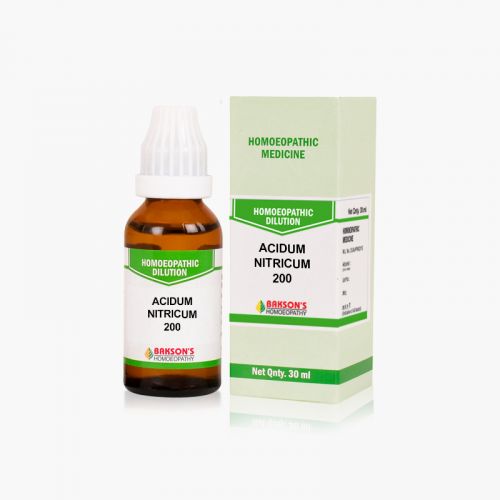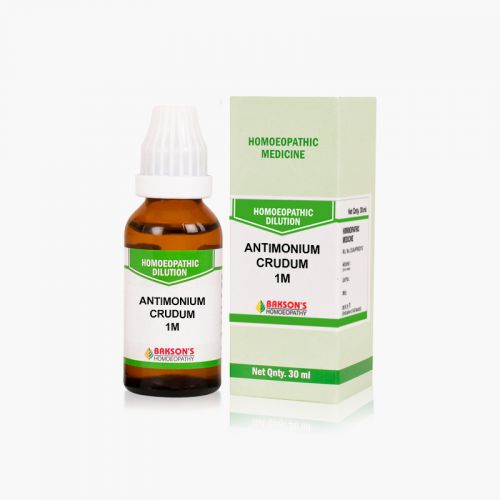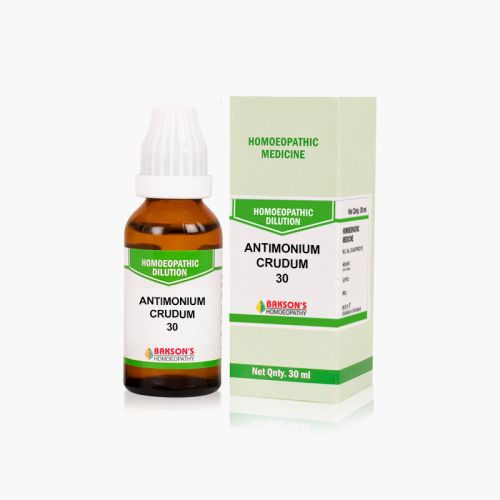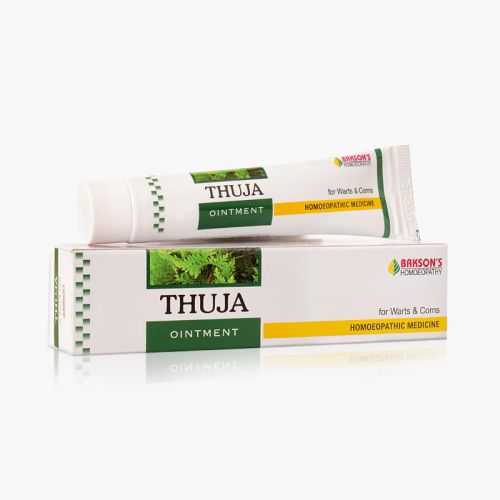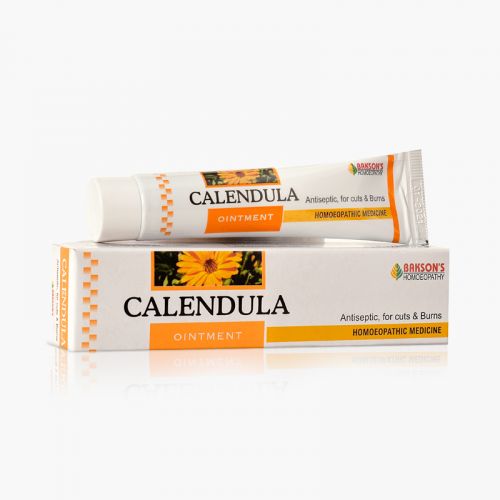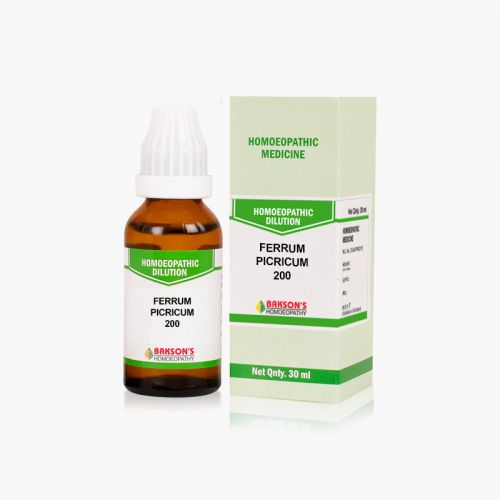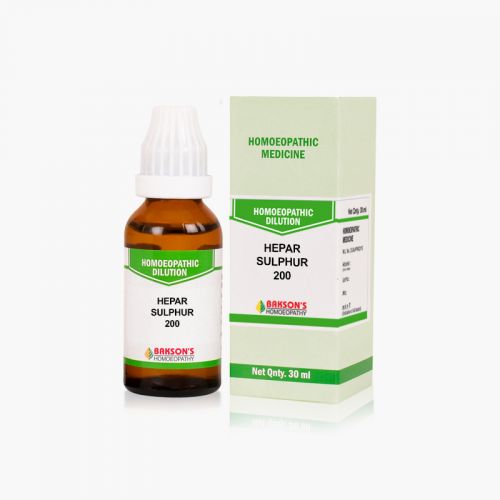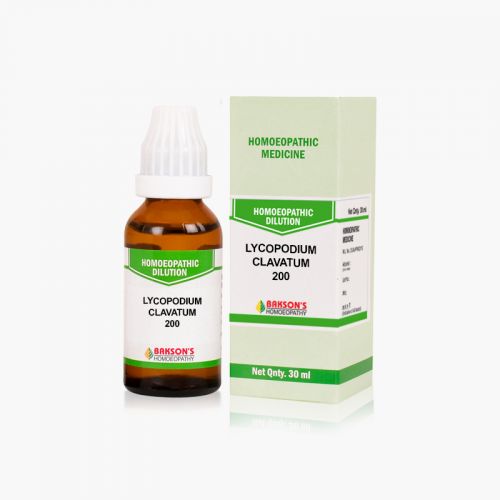We use cookies to make your experience better. To comply with the new e-Privacy directive, we need to ask for your consent to set the cookies. Learn more.
What are corns?
Corns are thick, hardened layers of skin that develop when your skin tries to protect itself against friction and pressure. They most often develop on the feet and toes or hands and fingers. Corns tend to be small and round and can be unsightly for some people. Most people seek prompt removal of corns because of cosmetic reasons.
Types of corns
- Hard corns: These are small, hard dense areas of skin usually within a larger area of thickened skin. Hard corns usually form on the top of toes – areas where there is bone pressure against the skin.
- Soft corns: These corns are whitish/gray and have a softer, rubbery texture. Soft corns appear between the toes.
- Seed corns: These corns are small and usually form on the bottom of feet.
Causes
Pressure and friction from repetitive actions cause corns to develop and grow. Some sources of this pressure and friction include:
- Wearing ill-fitting shoes: Tight shoes and high heels can compress areas of your feet. When footwear is too loose, your foot may repeatedly slide and rub against the shoe.
- Skipping socks: Wearing shoes and sandals without socks can cause friction on your feet. Socks that don't fit properly also can be a problem.
- Playing instruments or using hand tools: Corns on your hands may result from the repeated pressure of playing instruments, using hand tools or even writing. However, calluses are more common on hands than corns.
Risk Factors
- Bunions: A bunion is an abnormal, bony bump that forms on the joint at the base of your big toe thus making it more vulnerable to friction.
- Hammertoe: A hammertoe is a deformity in which your toe curls like a claw.
- Other foot deformities: Certain conditions, such as a bone spur, can cause constant rubbing inside your shoe.
- Not protecting your hands: Using hand tools without wearing gloves exposes your skin to excessive friction. For example, playing string instruments, weight lifting etc.
Signs and Symptoms
You may have a corn if you notice:
- A thick, rough area of skin
- A hardened, raised bump
- Tenderness or pain under your skin
- Flaky, dry or waxy skin
Corns are small and have a hard center surrounded by inflamed skin. Corns tend to develop on parts of your feet that do not bear weight, such as the tops and sides of your toes and even between your toes. However, they can also be found in weight-bearing areas. Corns are moderately painful for most people but if a corn becomes very painful, leaks fluid, feels warm, or looks red, these may be signs that the area is infected and in such cases one should immediately consult their physician.
People with diabetes, fragile skin, or nerve problems and numbness in the feet should stay watchful. They must undergo treatment under medical supervision only.
Diagnosis
Diagnosis of corns is based on history and physical examination as corns are clearly visible but an X- ray can be done where bone deformities are suspected.
General Management
Treatment for corns usually involves avoiding the repetitive actions that caused them to develop. If you have no underlying health problems, you can try these suggestions to help clear up a corn:
- Use over-the-counter pads: Apply a pad to protect the area where a corn has developed. Be careful while using over-the-counter (nonprescription) liquid corn removers or medicated corn pads. These contain salicylic acid, which can irritate healthy skin and lead to infection, especially in people with diabetes or other conditions that cause poor blood flow.
- Soak your hands or feet: Soaking your hands or feet in warm, soapy water softens corns. This can make it easier to remove the thickened skin.
- Thin thickened skin: During or after bathing, rub a corn or callus with a pumice stone, nail file, emery board or washcloth to help remove a layer of toughened skin. Don't use a sharp object to trim the skin. Don't use a pumice stone if you have diabetes.
- Moisturize your skin: Apply moisturizer to your hands and feet to help keep the skin soft.
- Wear comfortable shoes and socks: Stick to well-fitting, cushioned shoes and socks until your corn disappears. It will be better if you switch to comfortable footwear for life to avoid relapses.
Warning: Above information provided is an overview of the disease, we strongly recommend a doctor's consultation to prevent further advancement of disease and/or development of complications.
Disclaimer: The information provided herein on request, is not to be taken as a replacement for medical advice or diagnosis or treatment of any medical condition. DO NOT SELF MEDICATE. PLEASE CONSULT YOUR PHYSICIAN FOR PROPER DIAGNOSIS AND PRESCRIPTION.
- ACIDUM NITRICUM 1MSpecial Price ₹ 112.00 Regular Price ₹ 140.00
- ACIDUM NITRICUM 200Special Price ₹ 92.00 Regular Price ₹ 115.00
- ACIDUM NITRICUM 30₹ 100.00
- ANTIMONIUM CRUDUM 1MSpecial Price ₹ 112.00 Regular Price ₹ 140.00
- ANTIMONIUM CRUDUM 200Special Price ₹ 92.00 Regular Price ₹ 115.00
- ANTIMONIUM CRUDUM 30₹ 100.00
- CALENDULA OINTMENT- 25 GM₹ 75.00
- FERRUM PICRICUM 200Special Price ₹ 92.00 Regular Price ₹ 115.00
- HEPAR SULPHUR 200Special Price ₹ 92.00 Regular Price ₹ 115.00
- HEPAR SULPHUR 30₹ 100.00
- LYCOPODIUM 200Special Price ₹ 92.00 Regular Price ₹ 115.00




